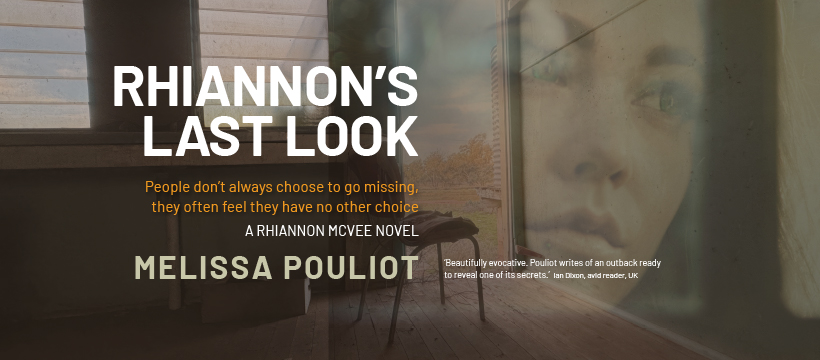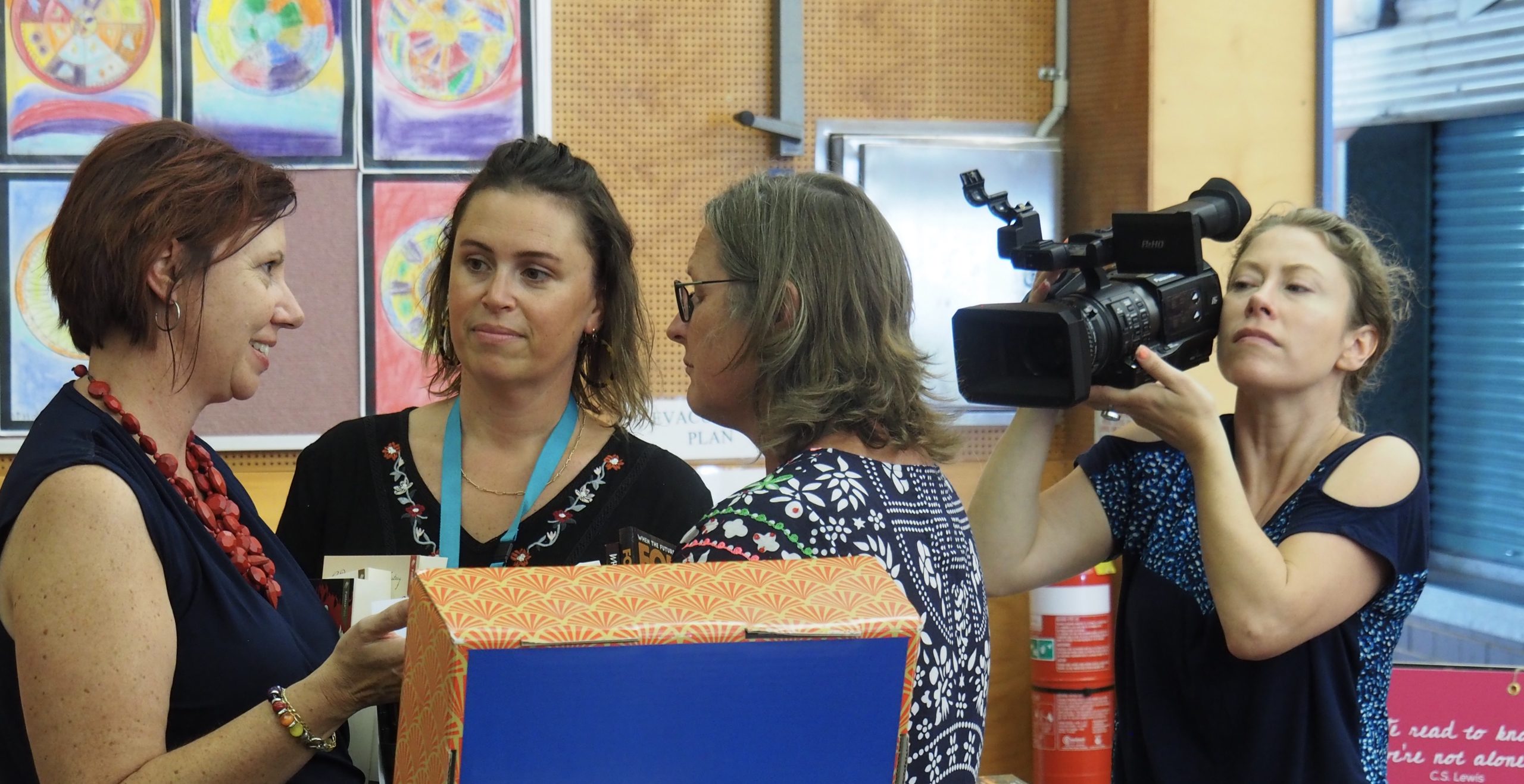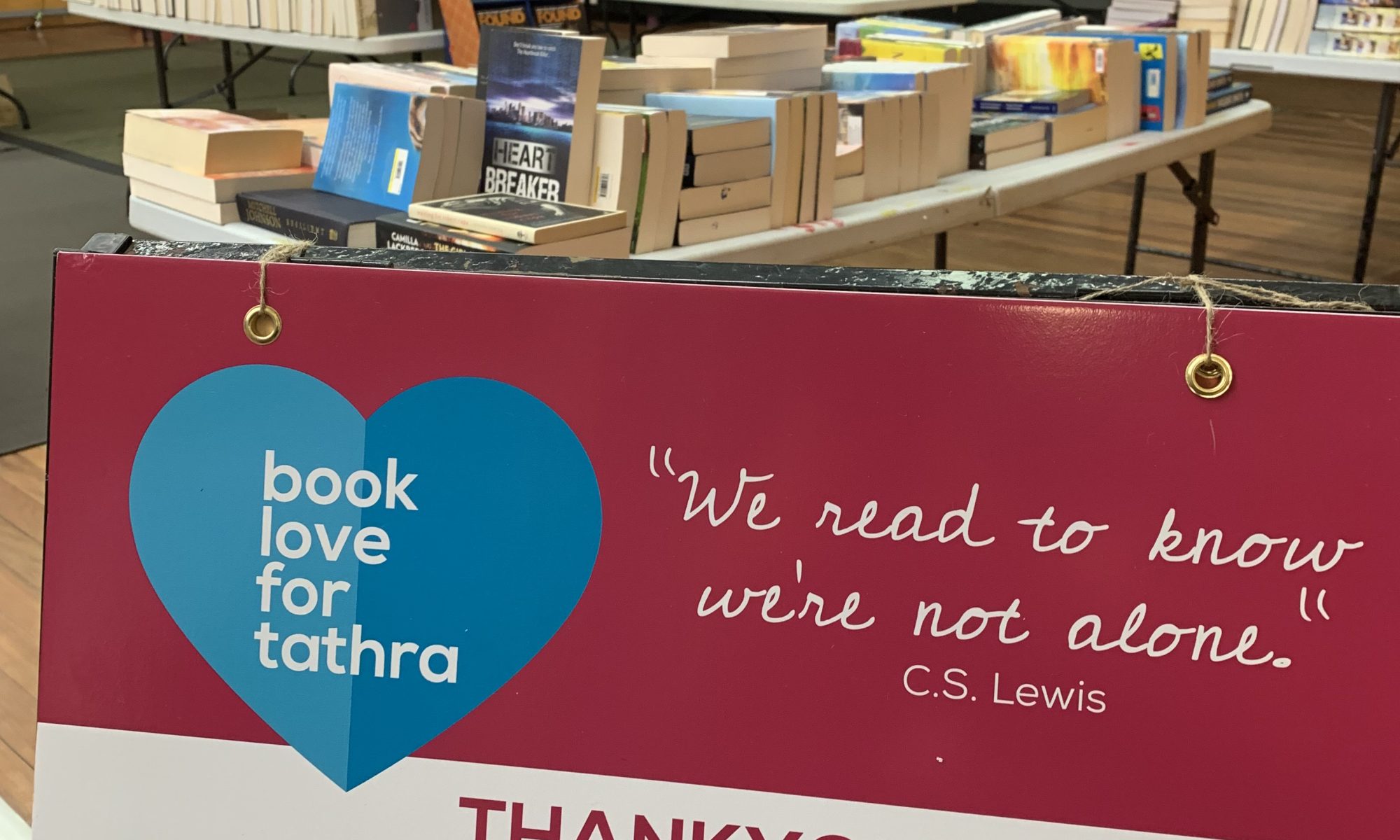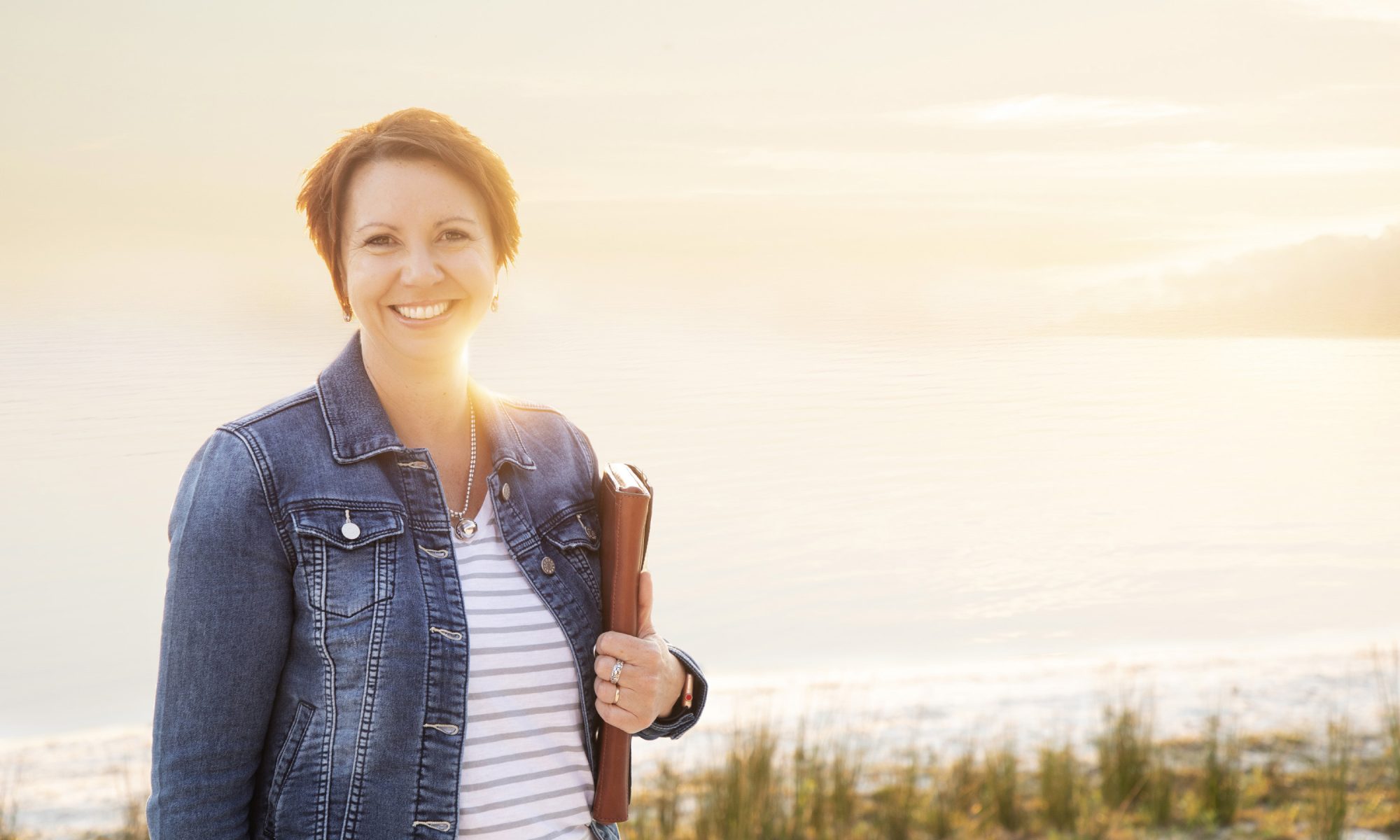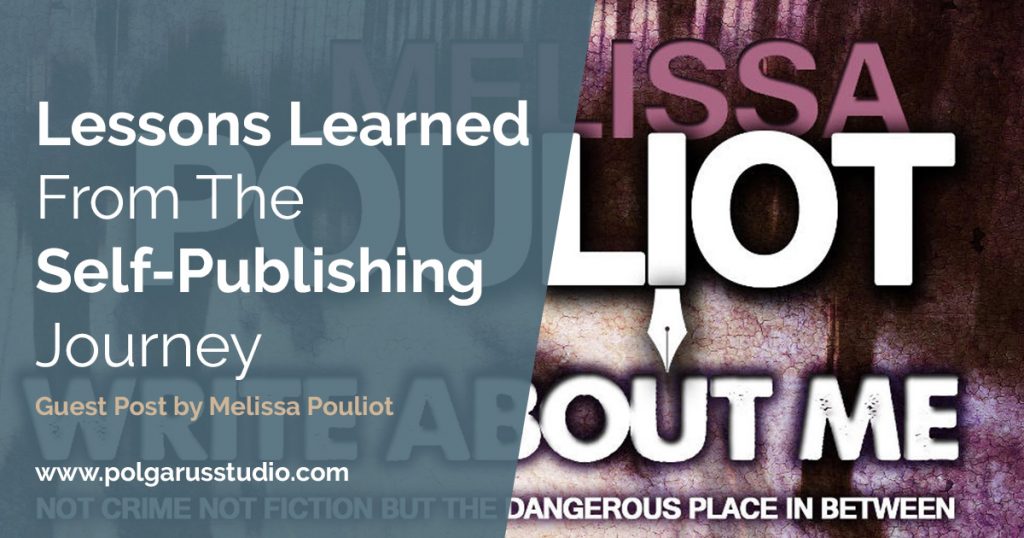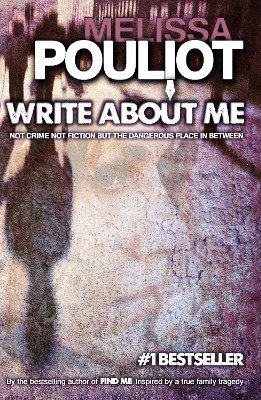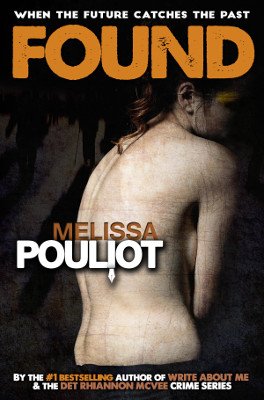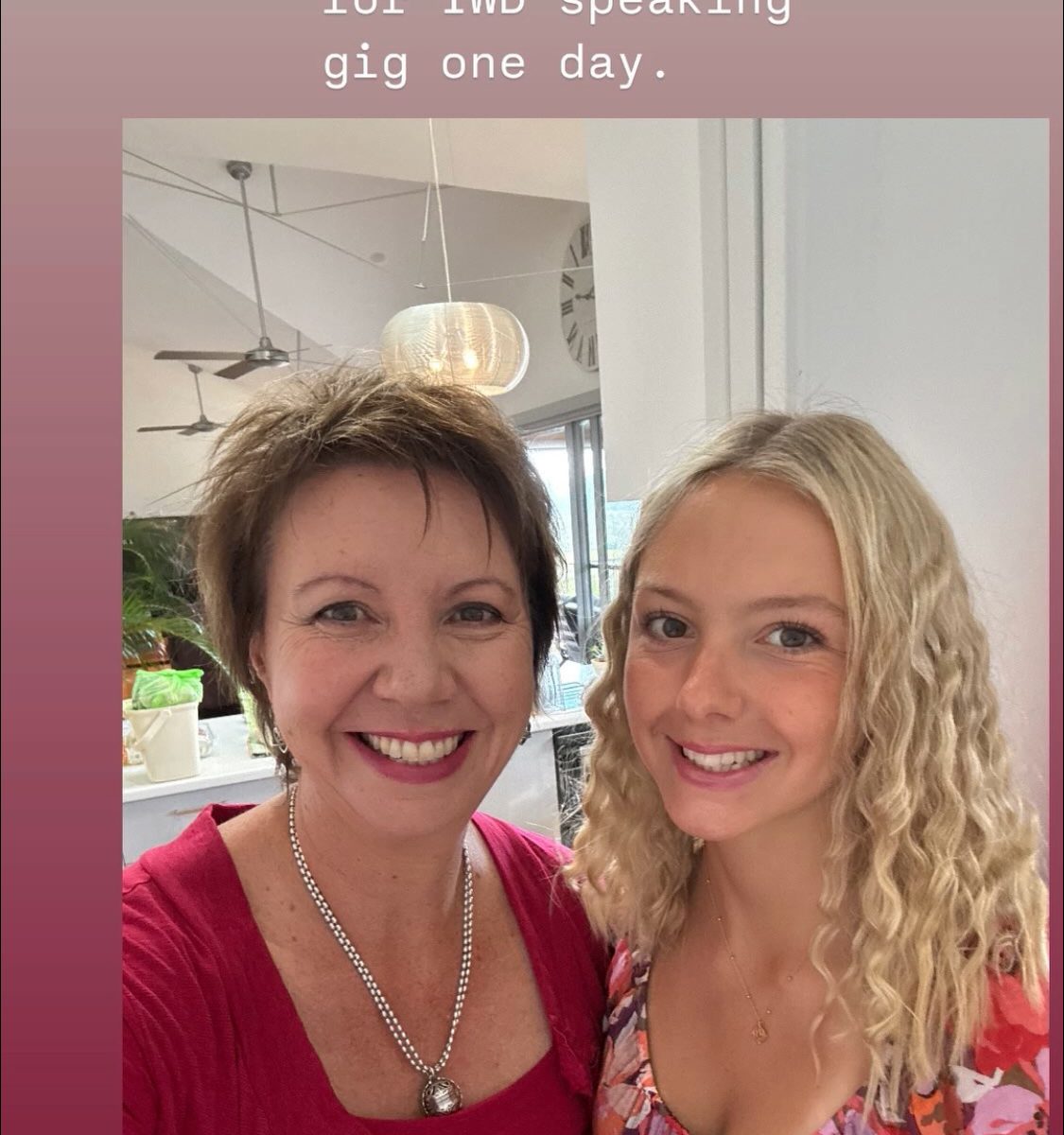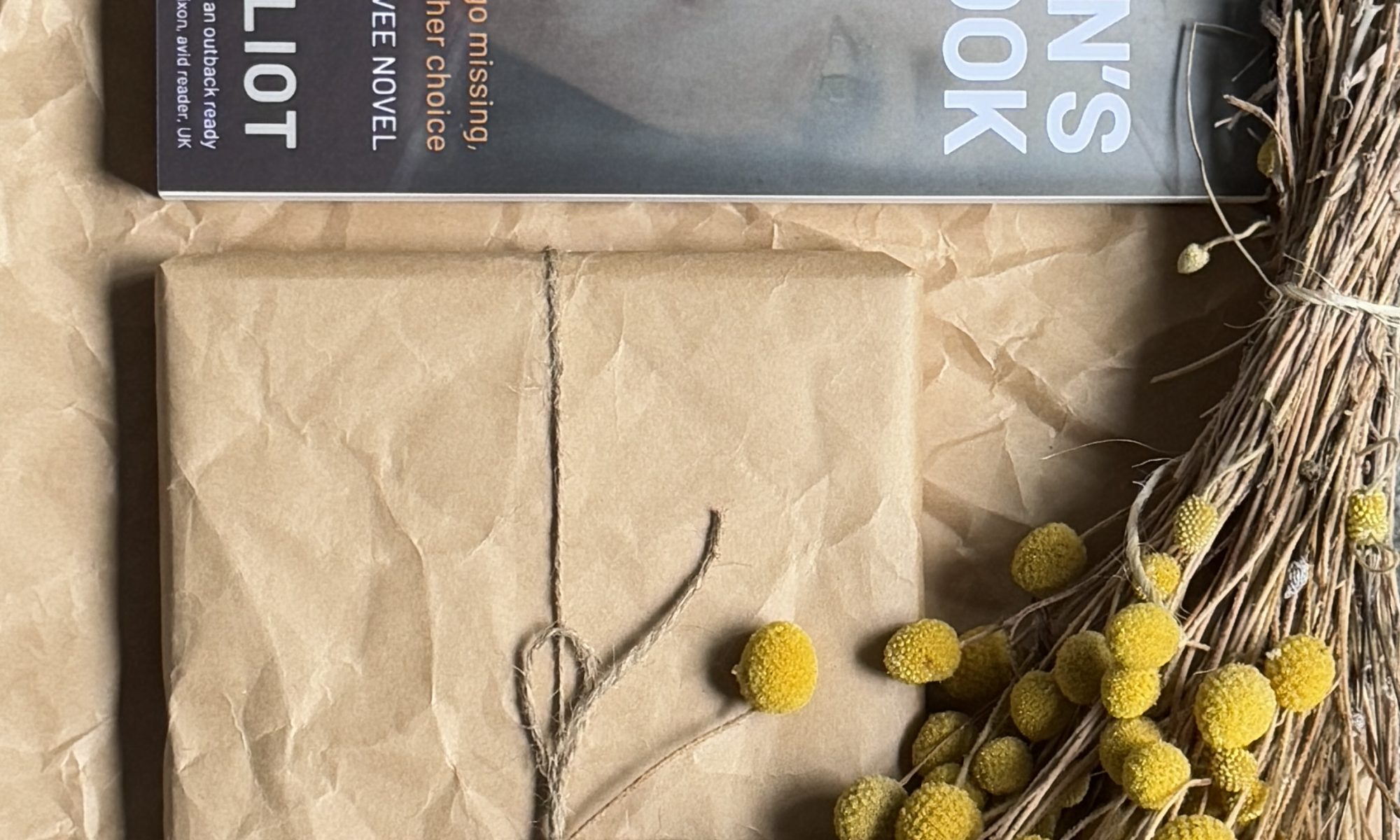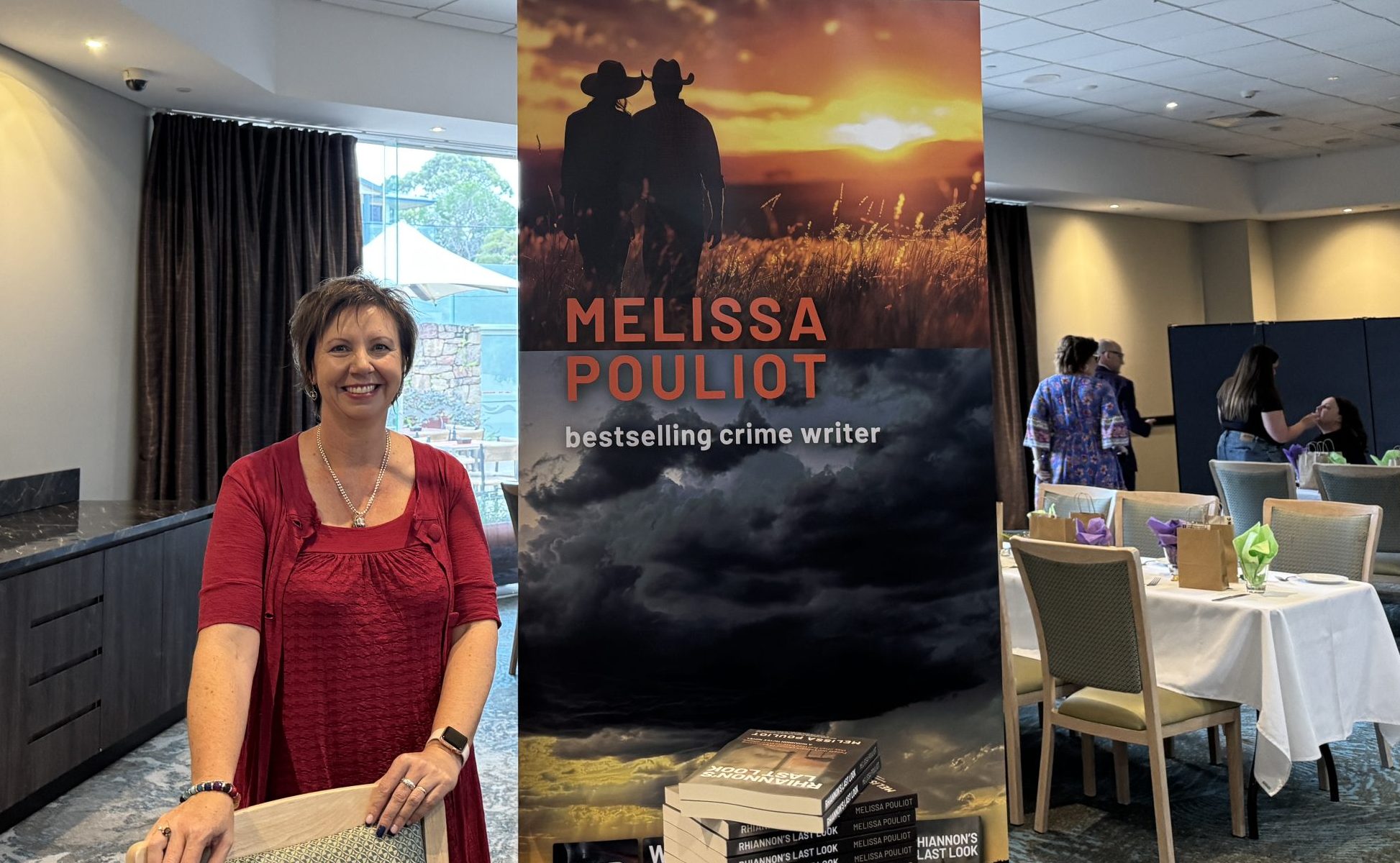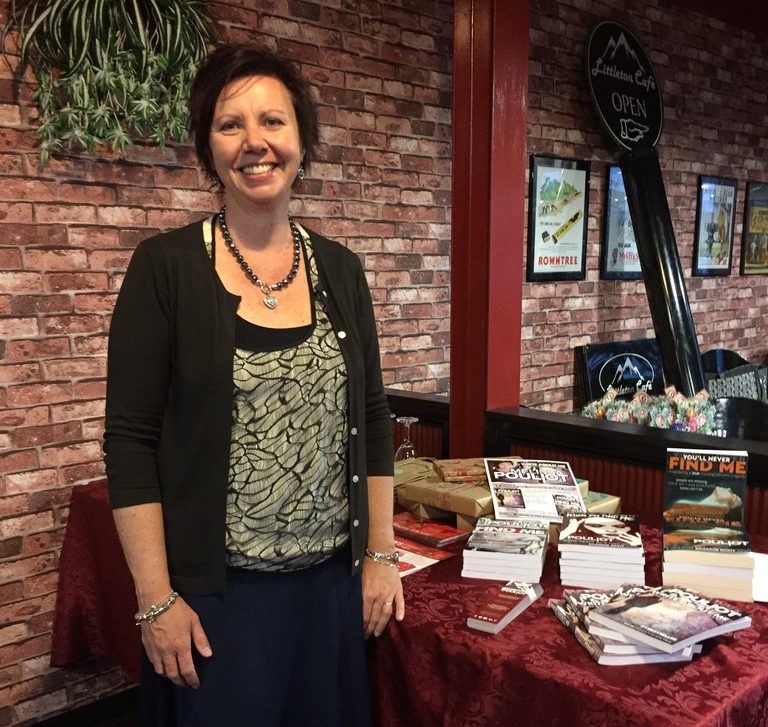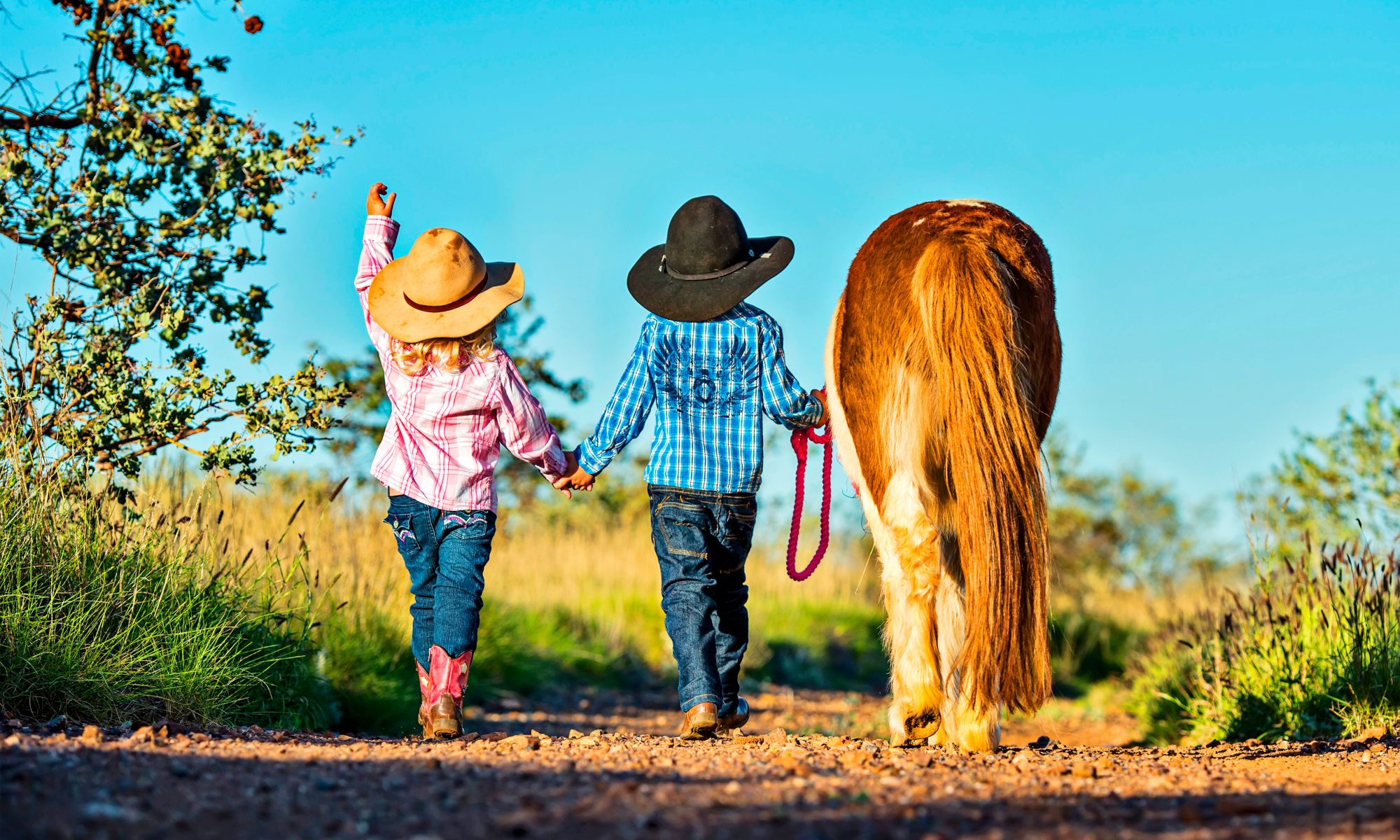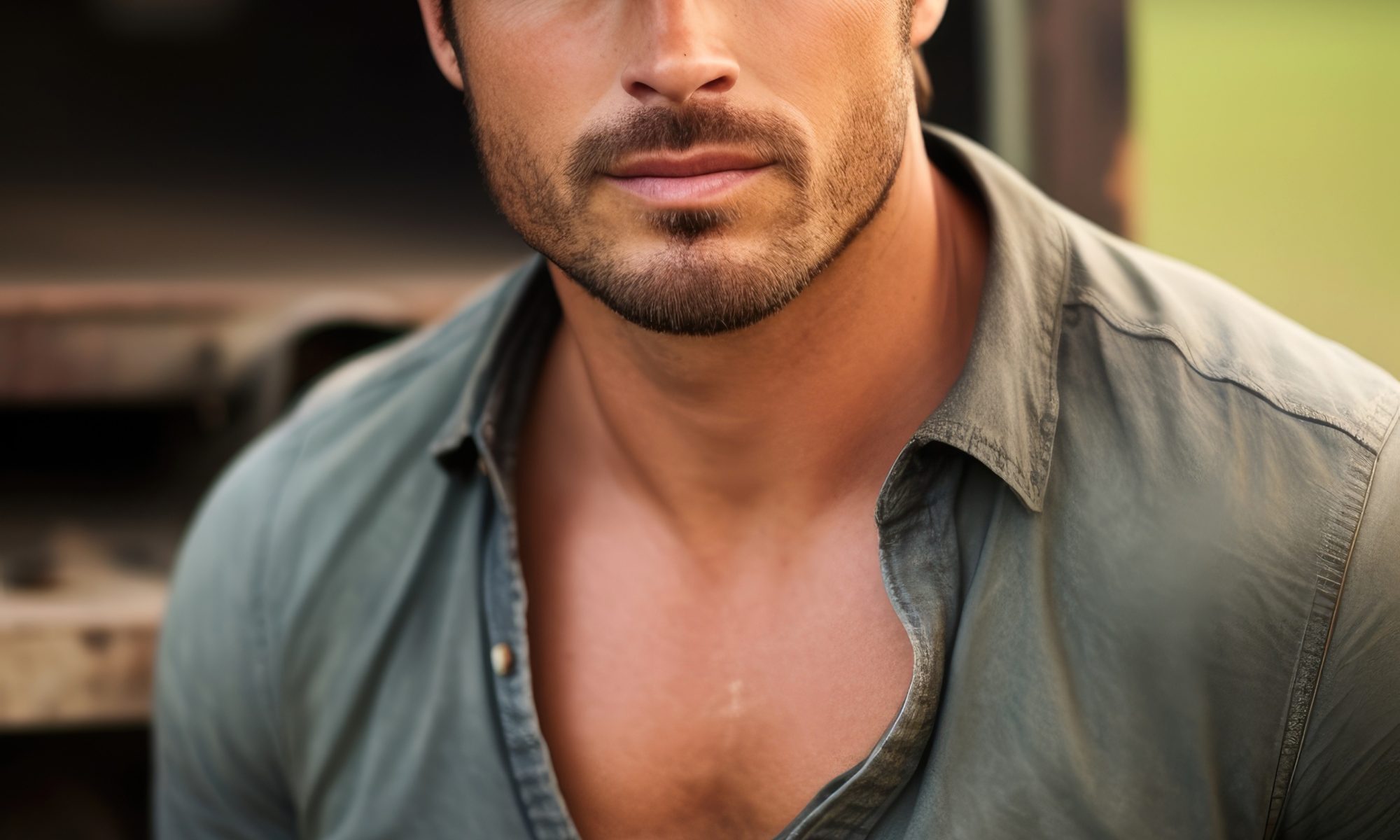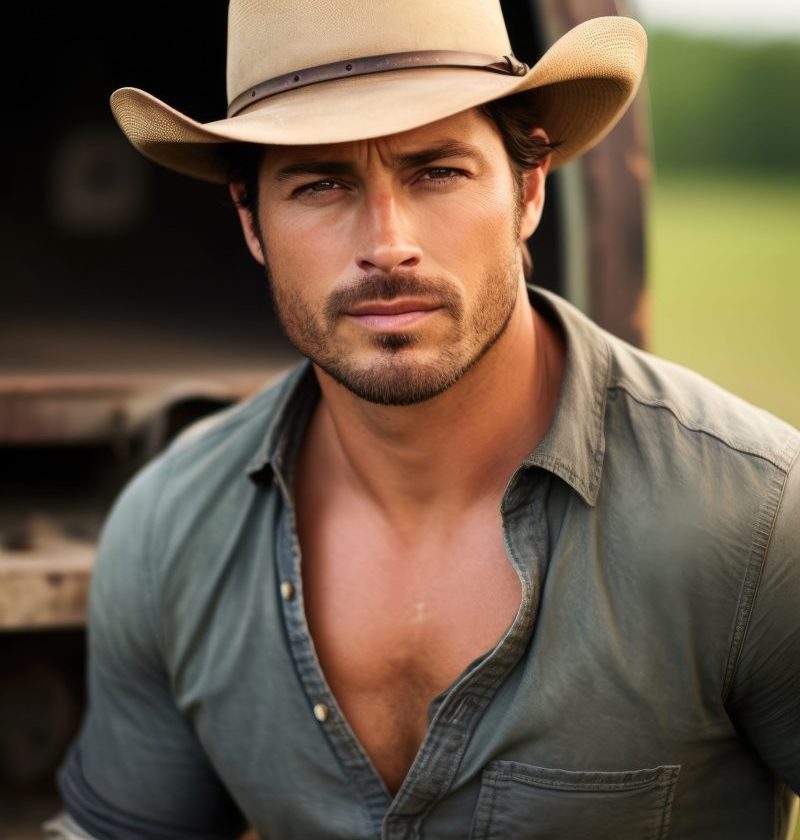I had the privilege of being invited to be keynote speaker at the Merimbula International Women’s Day event, to a room of women of all ages. The event coincided with the official launch of Rhiannon’s Last Look and it was one of those ‘best days’.
It took me weeks to prepare my speech, only to be told the day before by my mother-in-law and book editor Lyn (86 years young) that I wasn’t allowed to read it. She also recommended not to jiggle or wave my arms around too much.
I had written the speech to be perfectly timed at 20 minutes, but I heeded her advice and the 130+ women in the room have her to thank for my 20 minute speech taking 38 minutes to deliver as I ad-libbed!
For those who weren’t there, here is what I wrote for all women, real and imagined.
Melissa x
March 7, 2025
Thank you for inviting me to speak today. It is an absolute honor and privilege to be in this room filled with incredible, amazing women, including my daughter Laura, and many of my friends who have been my women since I moved to the Sapphire Coast nearly 16 years ago – my women who have lifted me up and supported me and worked with me and played with me and had fun with me and made my life full and rich and blessed.
Many years ago, whenever I was interviewed on ABC by one of my favourite brekky show presenters, he would introduce me ‘the woman of many hats’. It’s a name that stuck, and I know all the women in this room will be able to relate to the many hats we wear every single day.
I’ve brought along a few of these hats, many of which really came into play when I became a mum – cricket mum, football mum, music lessons mum, dance mum, working mum, school mum, canteen mum, basketball mum and probably the most time consuming role of all, Uber Mum.
There’s also my outback fencing hat, catering company hat, Day for Daniel hat, missing persons hat, Sisters in Crime festival organiser hat, film, radio and podcast producer hat, magazine editor hat, freelance writer hat and crime writer hat.
We gather on International Women’s Day Under the theme of accelerate action – and those words excite me because to me they represent what women do best. Accelerate Action. It is the acceleration and action of women before me who have allowed my generation to believe we can do anything, we can adapt, we can find a way, we can reinvent ourselves, we can have it all.
It is because of them that I didn’t lose my job when I had my first child, that I could start my own media company when I was 27 and that I can stand here today as a wife of 27 years and mother of three, bestselling author of 7 crime novels, basketball canteen manager, Day for Daniel ambassador, missing persons advocate, business owner and someone who learnt to drive a John Deere 643R tractor (that’s a big green one) when I turned 50.
My life started in a small town named Quirindi where I was surrounded by strong women who worked from sunrise to sundown, ran households on the smell of an oily rag, grew their own food, hand-sewed our clothes, baked up a storm and were heavily involved in the community. I grew up in a traditional household where my father worked full time, and my Mum didn’t work outside of the home but from the minute her feet hit the floor in the morning until she climbed into bed late at night she didn’t stop. My parents both grew up on the land in the typical 1950s household where all the home jobs were done by the women, and everything was centred around keeping the man of the house happy. Mum definitely resisted against that – she could run the household with her eyes closed and fit in a whole lot more. She was on the hospital Auxiliary and started the very first volunteer program at the aged care centre. She was always at school canteen and there to lend a hand at just about every community event. Our cupboards were filled with home-baked goods and we lived a rural life of endless picnics and paddock barbecues and blackberry picking and hunting and gathering – literally – as many people on farms did. I lived in a small country town bubble, but my parents let me have a go at every sport and musical, theatrical, artistic and community project I wanted to jump into.
In this modern world in which we now live, it is difficult to imagine that Mum and my two grandmothers started their lives in tents on remote farms where they fished the nearby creeks for dinner and had no running water or electricity. It is a life we can barely imagine today, with all the luxuries and the connectivity and the online shopping and the world travel and the WhatsApp and the zooms. They adapted, found a way and made the best of their lives, and passed on their pioneering spirit and can-do attitudes down to me for me to pass onto my next generation.
Can you imagine that when I was a small child in the early 1970s, and Mum saved up to buy our first lounge set (gold, chord with decorative rounded arms) and was $100 short and was offered a loan by the furniture store as long as she had my Dad’s signature on the paperwork? She was 70km from our farm and wouldn’t be back for big shopping for another month. She smiled and said she’d be back shortly. After an appropriate amount of time had passed, she returned with the signed paperwork, very pleased with herself for her skill in forging Dad’s signature. Accelerate and act.
I took a gap year after Year 12 and worked as a governess on an outback Queensland sheep station near Cunamulla – when I say near, what I mean is that it took 90 minutes to drive to town for milk and bread, and when the children had a birthday party to go to, we would fly there in a tiny yellow plane. The woman of that household could do anything and was one of the most organised women I’ve ever met- both in the house and in the paddock. Honestly, she ran rings around ‘the man of the house’ and I often wondered how he would have survived without her. I remember a trip to town with a list of jobs a mile long, two young children, and back to back appointments booked and we got not one but two flat tyres on the way. She was dressed in a navy skirt, heels, a white shirt and pearls. I watched in awe as she changed the tyres on the side of a dusty outback road without getting a speck of dust on her town clothes, and marvelled at the fact we weren’t late to any of the appointments because she’d factored in potential time delays.
My outback adventure was never part of a long-held dream or plan – I had my sights set on a city career, but my Aunty Cheree, the mother of my cousin Ursula, took me to an outback employment agency and helped me find this job. We’d had a tumultuous few years after Ursula went missing when I was 15 and I think Aunty Cheree could see that I was lost, and needed to have a year away from my family, my small hometown and all the trauma of not knowing if Ursula was dead or alive before I started university.
After this gap year, I studied a Bachelor of Commerce, thinking I would end up in the corporate world as an accountant, but after two years I was still unable to do a bank reconciliation and realised my talents lay in words, not numbers.
So where did I end up? You wouldn’t believe it, but my first newspaper job was for the Cunamulla weekly paper, in the same part of outback Qld where I had spent my gap year. I was a young, green, enthusiastic and fairly clueless reporter who typed my stories on a typewriter and faxed them through to the editor where the printing presses were located, where they were retyped (with spelling mistakes!) and then put onto the presses.
I had no air-conditioning, just a $50 fan from Trev’s Bargain Emporium, which failed to keep up with the 45 plus temperatures in my very first newsroom. Thankfully, I backed onto a beer garden, because my office was part of an outback pub that filled the whole block, so I always had easy access to a cold drink at the end of the day.
I left the outback stepped into the big time to work in a newsroom of a tri weekly newspaper in Horsham in Victoria which had automatic doors, air conditioning and reception staff in uniforms.
Life was hectic, we were fast approaching the 2000s, and having learnt how to run every single aspect of the paper in my first five years, I had my sights set on becoming the first female editor of the Wimmera Mail-Times. (Side note – the Wimmera Mail-Times didn’t appoint a female editor until 2012 so I may have been waiting a while).
In 1999, along came my first child, putting my journalism ambitions well and truly on hold. I could never have imagined the ways becoming a mother changed my life and brought my best laid career plans to a screaming halt. I loved working, I loved writing, I loved being in the media but working in a high-stress newsroom was not a mum-friendly career path. What could I do? How could I Accelerate Action? Well, I started the first media agency in Western Victoria in 1999 – one that I still have today where I still work for my very first client 25 years on.
I set up one of the very original working from home businesses long before working from home became a thing. Emails and the internet in rural Australia were new technologies. When Oprah first started using Skype, I started Skyping with my clients who were all around the world. It doesn’t sound like anything all that unusual now, but back in the early 2000s, before Facebook, Tiktok, Instagram, Zoom and Microsoft Teams – Skype was cutting edge, limited only by dial up internet!
I was able to scale my business up and down around the birth of my next two children and inbetween child number two and number three I moved out of my home office set up a bustling office which I filled with other Mums like myself who were passionate and creative, and had the same ambition to Accelerate Action. We were the same type of women of the women who had mentored me and this group of young professional working mums who got shit done, worked for ourselves, made our own way, refused to be limited by male dominated workplaces.
It was a crazy but extremely special period of my life with an incredible amount of energy – the type you can only get when you put a whole bunch of working mums together who understand and appreciate that to get what you want out of life, you need to get on with it. We’d menu plan together, we were able to work from home if we had sick children, we streamlined our processes, we embraced new technology, and we ran!
When Laura was a baby my husband and I made another life-changing decision and moved to our holiday spot – Merimbula. As far as my career went, it was business as usual, although I closed the office and continued to work with all the creative women in my life online, many of who I still work with today.
I’m not sure if it was the coastal location, or turning 40, or just a coincidence or just pure craziness – but in 2013 I realised a life-long dream to write and publish a book. I’d written and published books before, but these were non-fiction and marked historical events, but since I was a teenager I’d dreamed of being a ‘writer’ – along the lines of Anne of Green Gables who was and still remains one of my most admired fictional women.
It came about in much the same way that most times women decide a bit of Accelerate Action is needed – and it was my desire to accelerate some action for the cold case of my cousin Ursula Barwick who went missing in 1987 that set me on this path. It was then that someone named Rhiannon McVee walked into my life, and she’s still here today.
I’ve always been a writer, but it’s not until I sat down to write Write About Me where I learned the true power of words. Five years and my first five novels later, I spoke in Canberra at an event hosted by the Australian Federal Police and said: “Words have real power. Words can wound, words can heal. And in my case, words can find people.”
And although Detective Rhiannon McVee, who first wandered onto the page in Write About Me then got her own series which started with Find Me, is fictional – I give this strong, female character lead full credit for helping find Ursula. She got me through what became a very high profile search for Ursula, which uncovered decades of poor police work and highlighted a male-dominated police force who treated teenage runaways like criminals.
Rhiannon took a while to unveil herself and I chose her back in 2013 because she represented everything I wished we had when Ursula first disappeared aged 17 after getting on a train on the NSW Central Coast to Sydney.
When I published Write About Me, I got a whole lot of new information and but I didn’t have the skills or the knowledge to find Ursula, and we were also of the belief she had met with foul play during the Underbelly years of Kings Cross. And here I was, a wife and mother of three in a small coastal town, scared to death of what hornets’ nest I might have opened.
What I needed in my life was a detective who would really care about finding missing people and Ta-Da, along came Rhiannon. She needed certain qualities – she had to be a country girl, down to earth, physically fit and strong, bloody minded, strong willed, full of self confidence and in a workplace dominated by men, she needed to be prepared to Accelerate Action for change.
I also wanted a woman who wasn’t afraid to break the rules or at least bend them, who was not afraid to rock the boat, and also not afraid to stand up for herself, but with enough humble humility to know that sometimes the best way to navigate and get what you really need is to learn how to work with men and to find the men who can help you achieve what it is you’re setting out to do.
In Rhiannon’s case, she found an older, much more experienced detective, Andy Cassettari, who was by far from a perfect man, but who took Rhiannon under his wing and mentored her and supported her in what we all now know was a very corrupt police system in Kings Cross in the late 80s. See what I did there? I’m talking about people who aren’t real, although they are real to me, and they’ve found their space in a real world. That is the fun about being a writer – being able to flip between fact and fiction, and exist in that space inbetween.
Back to Rhiannon – where was her back story going to be based? It was natural to place her in a place that changed my life back in 1991 – the year I fell in love with the Australian outback, despite its heat, its flies, its isolation. At times, it frightened the shit out of me, especially at night in the little cottage where I lived by myself, a couple of kilometres from the main homestead, where wild pigs would go through my bins at the back door and green frogs that were breeding in my septic would hop around the house.
Maybe it was the terror I felt night after night, when I slept with every light on. My imagination ran wild as to who was lurking in this remote location and how, if I got lost, I would never be found – making this the perfect setting for crime novels and missing people.
After I’d written Find Me – where Rhiannon McVee started to come to life on the page, Kings Cross Detectives assigned the very real Detective Sergeant Kurt Hayward to Ursula’s case. I remember him telling me about a young plain clothes detective, Amy Scott, also very real, who begged him to be on Ursula’ case. This was exactly the kind of thing Rhiannon McVee would do.
I didn’t meet Amy in person for another year, by then I’d written my third novel When You Find Me. I was in Kings Cross for a picnic for Ursula and a national appeal by the NSW Police and the Australian Federal Police for people to come forward if they knew something about Ursula.
Amy was a tomboy. Her hair was blonder than Rhiannon’s but Amy’s eyes were the same clear blue I had described for Rhiannon in my book. She was also a similar strong, fit build as my Rhiannon, and she was down-to-earth, tenacious, unafraid.
Just as Rhiannon refused to give up on finding her missing people, Amy refused, absolutely, categorically, to give up on Ursula, even though on more than one occasion she was told by her superior officers and people high up in the New South Wales Police Force that she would never, ever solve this case.
And don’t you love it when you’re told not to do something, or that you can’t do something, or that you won’t do something, and then you are able to prove everybody wrong?
There possibly was a woman just like Rhiannon. Who knows? But as I got further into Rhiannon story, I put all my hopes and dreams for young women of the 80s, of which I was one, and Ursula was one. I and try to make them come true. A lot of the things Rhiannon does and what she achieves as a young policewoman in this time i are potentially completely, completely fictional, and probably if you were in that era and lived in that time, unbelievable. But it is women like Rhiannon McVee who come in and shape up the system.
They might not change things straight away, but there will come a time where the changes that they push for will come to fruition. During my career, I have worked with a lot of incredibly strong intelligent women who shook up the system. They haven’t always come out on top but one thing that they have all done is they have managed to reinvent themselves. They’ve adapted. They have not given up, and they can be rest assured the issues they raised and the changes they pushed for may not have happened overnight, but they will happen. Yes, just like the Pantene Ad.
We have a lot more opportunity to go into situations with our eyes wide open in this day and age, technology plays a big part in that. Social media, as much as it can be damaging, time sucking, has given us access to information and knowledge that we didn’t have access to when I was growing up. We always have to be very careful as to what is fact and what is fiction – that’s an age-old story – this hasn’t really changed except that today we are inundated in our more ‘connected’ world. I encourage all women in this room to look at things with a more critical eye and ask ‘What is really going on?’
I personally aim to be consistent, reliable, lend a hand when and where it’s needed and mostly importantly, always show up. As I’ve gotten older I’ve learnt to choose more wisely about where to put my energy and to focus on what is important rather than what isn’t. It’s taken me many years to stop sweating the small stuff, but when you don’t, it’s liberating!
There’s a few things that I would like you to walk away from this day believing and see me as living proof that these things are true.
• Number one, you are never too old to learn something new. When I was 40, I learned how to publish books. When I was 50, I learned how to drive a tractor. I wonder what I am going to learn next?
• Number two, don’t give up hope. One thing that kept me going through the search for Ursula was hope. I held onto that hope tightly, and blindly at times, but hope is what got me through. No matter what situation you are in or what challenge you are facing, do not ever give up hope.
• Number three, leading straight on, is that you will find a way, because you are a woman, and women always find a way.
• Number four, we may end up in situations where we feel that the gender balance is out of whack. A lot of the time we won’t be able to do anything about that. I believe what’s important is going back to three. You will find a way, whether it’s in your personal life or your work life. You will find a way to navigate around whatever situation is going on and find a way to achieve the best possible outcome.
I would like to end by sharing two of my all-time favorite quotes.
One my favourite book of all time, Anne of Green Gables: “Isn’t it nice to think that tomorrow is a new day with no mistakes in it yet?”
And the second from Maya Angelou “I’ve learned that people will forget what you said, people will forget what you did, but people will never forget how you made them feel.”
What I sincerely hope today is that I have made you all feel like you could rule the world, because you can.
